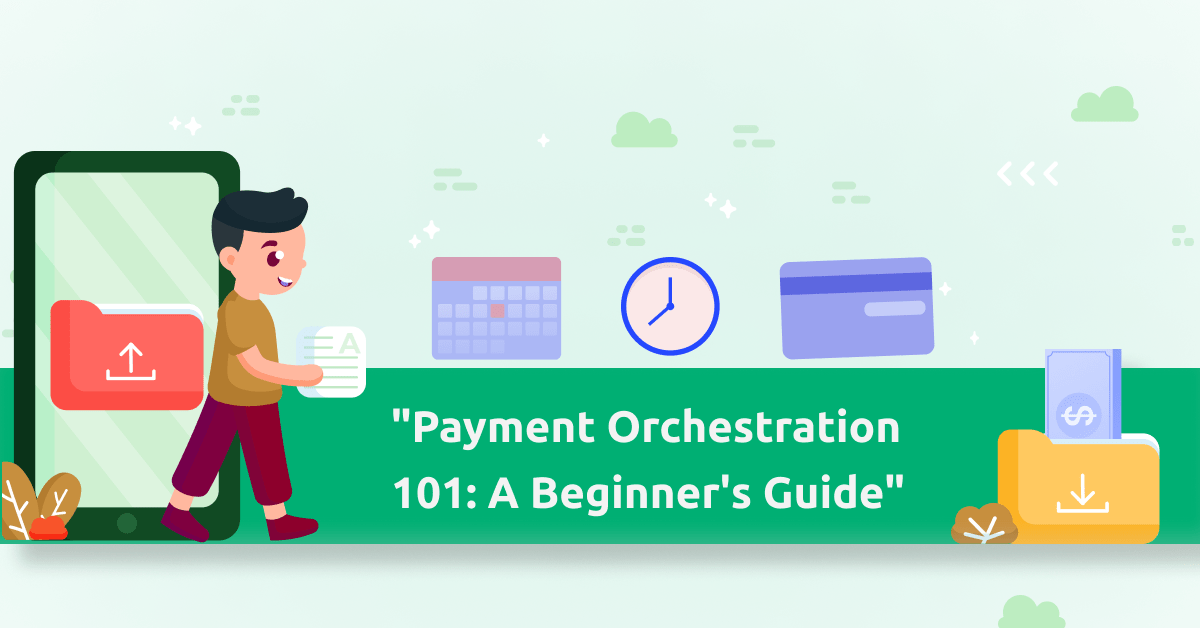
“Payment Orchestration 101: A Beginner’s Guide”
Payment orchestration is the process of managing and optimising the payment flow in an e-commerce transaction. It involves coordinating all the steps in accepting and processing payments, including authentication, authorisation, settlement, and reconciliation.
For low-risk e-commerce and retail companies, payment orchestration can be essential for improving the customer experience and increasing revenue. By streamlining the payment process and offering a range of payment options, businesses can make it easier for customers to complete transactions and reduce the risk of cart abandonment.
To get started with payment orchestration, here are a few key steps to keep in mind:
Choosing a payment gateway
A payment gateway software solution enables merchants to accept electronic payments. There are many different payment gateways to choose from, each with its own set of features and pricing options. The most popular payment gateways include PayPal, Stripe, and Braintree.
Selection of Payment Methods
In addition to choosing a payment gateway, you must consider which payment methods you want to accept. Credit and debit cards are the most common payment methods, but you may also like to offer alternative options like PayPal, Apple Pay, or Google Pay.
Optimisation of Checkout
Once you’ve selected your payment gateway and payment methods, optimising your checkout process is important. This can include streamlining the checkout flow, reducing the steps required to complete a transaction, and ensuring that the checkout page is mobile-friendly.
Implementation of Fraud Prevention
Fraud prevention is a critical component of any payment orchestration strategy. You can reduce the risk of fraudulent transactions and chargebacks by implementing fraud prevention tools like Address Verification Service (AVS), Card Verification Value (CVV) checks, and 3D Secure.
Monitoring Performance
Finally, it’s crucial to monitor the performance of your payment orchestration system to ensure that it’s working effectively. This can include tracking transaction volume, monitoring payment success rates, and identifying any issues causing payment failures.
In conclusion, payment orchestration process can be a valuable solution for low-risk e-commerce companies and retail companies looking to improve the payment experience for their customers. By choosing the right payment gateway, offering a range of payment methods, optimising checkout, implementing fraud prevention, and monitoring performance, businesses can provide a seamless and secure payment experience that encourages customer loyalty and drives revenue.
What’s next?
At WLPayments, we ensure our payment partners have access to all the relevant payment data. Through a platform and/or API. Do you have any follow-up questions after reading this article? Reach out to us; we will gladly help you find the answers. Fill out the form below, and we will contact you shortly. Or drop us an email at [email protected].
Payment Orchestration 101: A Beginner’s Guide
Payment Orchestration 101: A Beginner’s Guide
